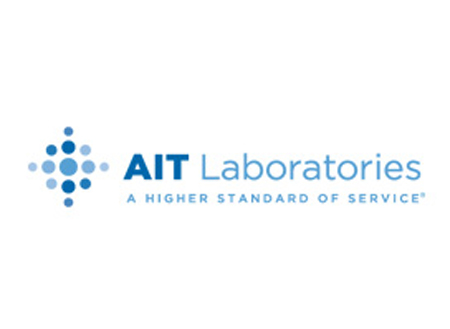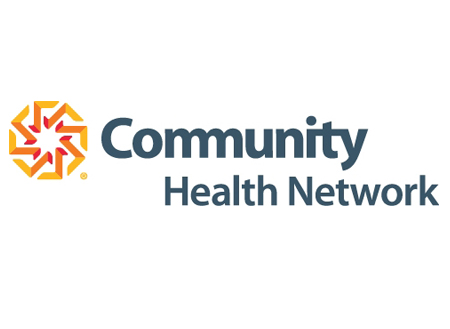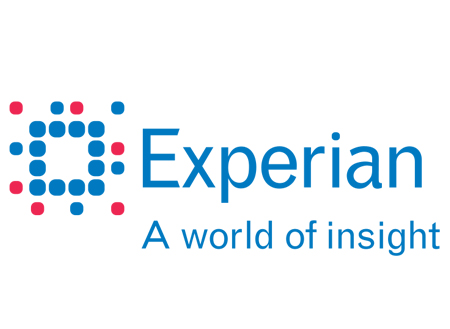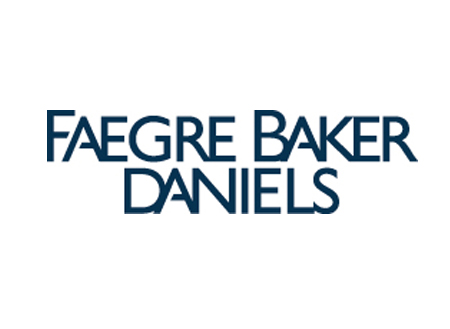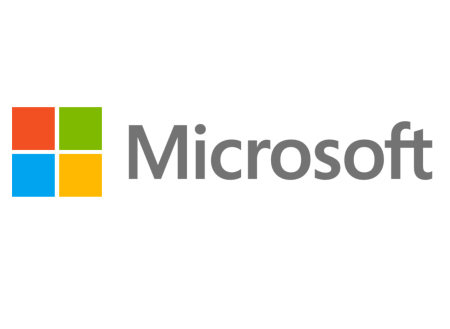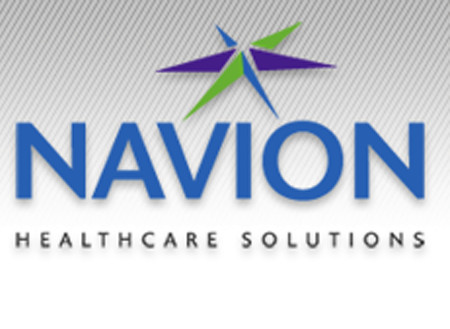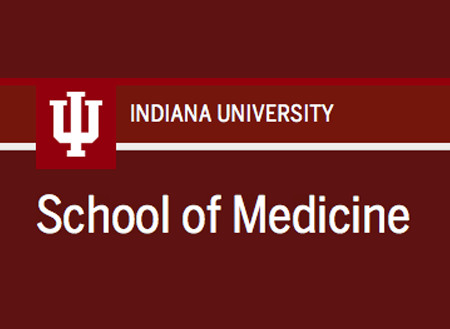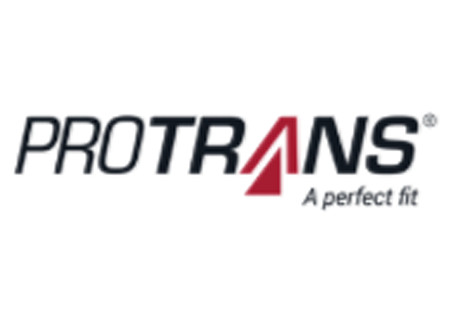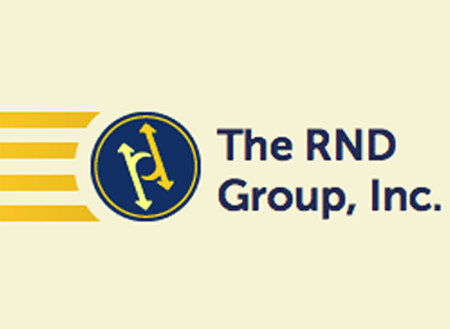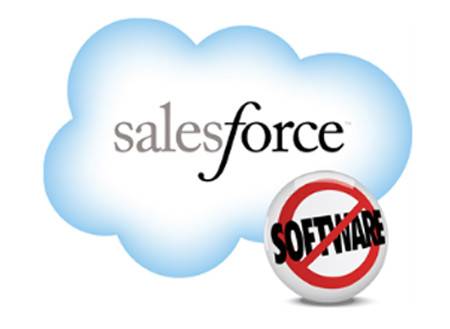
Graphic from TheConversation.com
Concerns related to cybersecurity plagued businesses of all sizes and in all industries in 2021. Such threats may range from monstrous data breaches to malware, downtime, and the loss of control over one’s operations. A quick Google search will produce dozens of results that frame the narrative that, although unseen, cybersecurity threats are not harmless or something you can simply ignore.
On the contrary, the potential for legal, regulatory, and reputational consequences make the case for the importance of solid cybersecurity best practices within every organization and the need for expertise in this domain. However, implementing cybersecurity measures often comes with distinct resource and organizational challenges. Worse yet, these issues are known to grow at a pace with the evolving size and complexity of the operation. That said, here’s a look at how businesses can improve their cybersecurity practices and achieve a new level of preparation now and in the future:
Regularly train staff at all levels.
Periodic training of all employees on cybersecurity threats and protocols is an important step toward protecting your enterprise. Training requires you to establish and disseminate a baseline level of cybersecurity knowledge within your organization. The training will not only educate staff on the types of threats they might face at the office but it will also address how remote work setups are susceptible to attacks.
Material that is both relevant and up to date can only take your employees so far. To that end, by working with consultants — or your own IT and Security — you can take your training process to the next level.
Here’s more about what that might look like:
Regularly challenge employees at all levels.
For example, you might test employees with “phishing” emails from IT/Security. Phishing emails often bate the receiver to perform an action that may endanger organization security. You can help employees test their skills by sending fake phishing emails to select employees. The results of the employee interaction and responses should be confidential. Provide aggregated and anonymous results to help your organization determine weak or blind spots.
Make cybersecurity compliance a team activity.
Another excellent way to reinforce any training is to ensure that cybersecurity becomes an organic part of frequent actions and common decisions. Working with IT or Security is one way to make best practices top of mind. Another way is to ensure that employees at all levels are surrounded by positive reinforcement of cybersecurity best practices.
Establish clear steps for all employees when responding to a security incident.
Despite proper training, the inevitable security incident may come to light. Depending on the nature of your business, your training may already cover the protocols to address a security incident. At the very least, all employees should know who to contact, and the information to provide. The introduction of an incident response plan will help educate and inform staff, bolster organizational structures, improve customer and stakeholder confidence, and reduce any potential financial and reputational impact following a major incident.
Automate cyber hygiene, so it’s seamless.
Cyber hygiene is a growing set of best practices to maintain the overall cybersecurity health and safety of your organization. Training your employees on cybersecurity is a necessity, but automating best practices makes it even easier to enjoy positive outcomes.
Here are a few basics to automate that can take the guesswork out of security:
- Strong passwords (typically this means longer and more complex)
- Multi-Factor Authentication
- Automated Phishing Detection
- Automated Endpoint Encryption
- utomated Software Updates
- Make updating and patching critical software a routine task that does not require user initiation
Identify potential security risks
Each device, software, and system within your organization means a potential security risk. For instance, an endpoint may be used in an unauthorized manner. A piece of mission-critical software may have unpatched vulnerabilities. A patch is essentially a piece of code that is installed ad hoc to correct a problem or to improve an application’s general performance. It’s essential in keeping machines up to date, stable, and safe from malware and other threats.
Be positioned to respond to a security incident by maintaining a regular security inventory of your systems.
Ensure you are following the newest password policies
For many years, it has been accepted as the gospel truth that periodic password changes are best practice. However, requirements for arbitrary password complexity, periodic changes, and guidelines on reuse have led to outcomes that do not enhance cybersecurity. Some of these policies are so ingrained within organizations that changes to acknowledge new National Institute of Standards and Technology (NIST) guidelines have been slow, if at all.
Bottom line? Cybersecurity is a team sport — and it simply cannot be ignored in 2021. If you don’t have the resources for an in-house security team, an outsourced team can provide you with the expertise, experience, and technologies that can protect your firm against the growing range and scope of cybersecurity threats.






